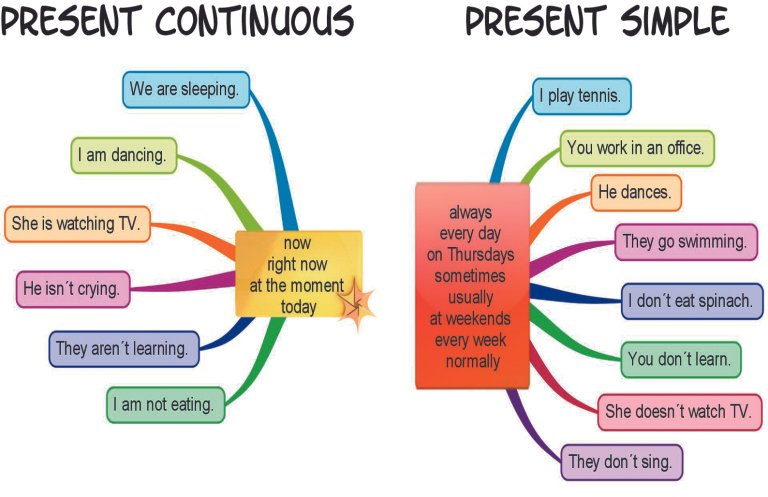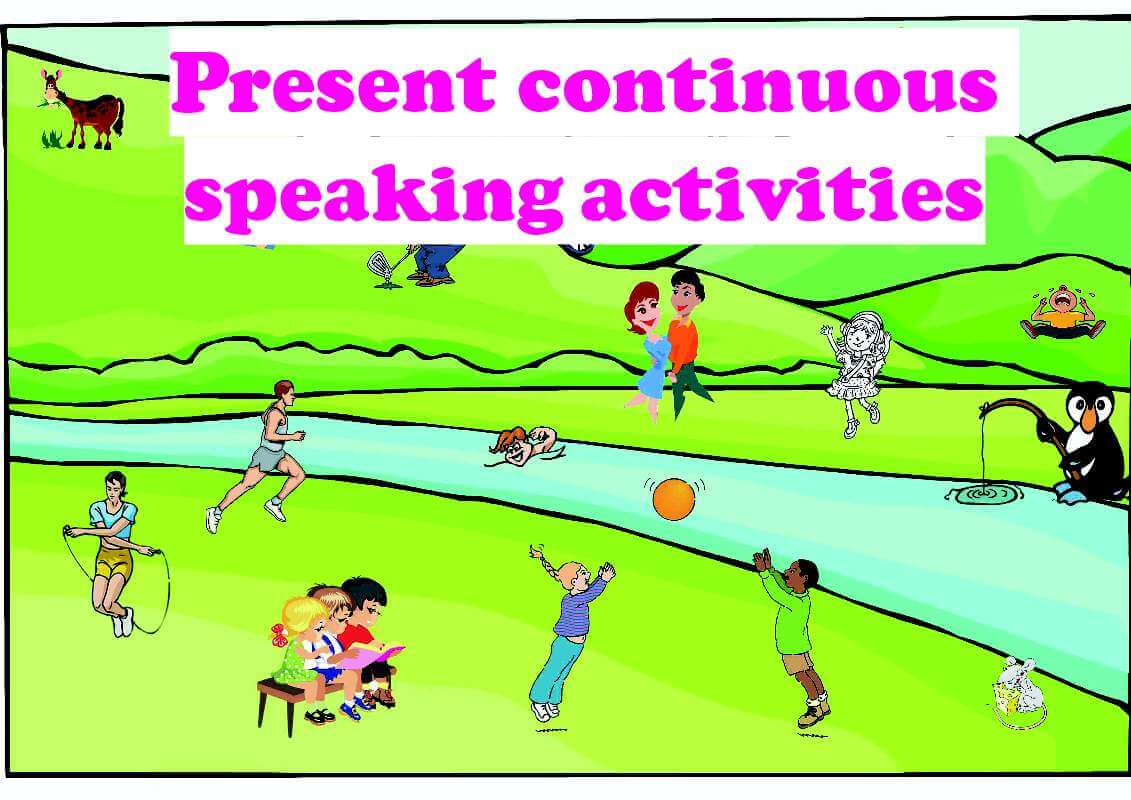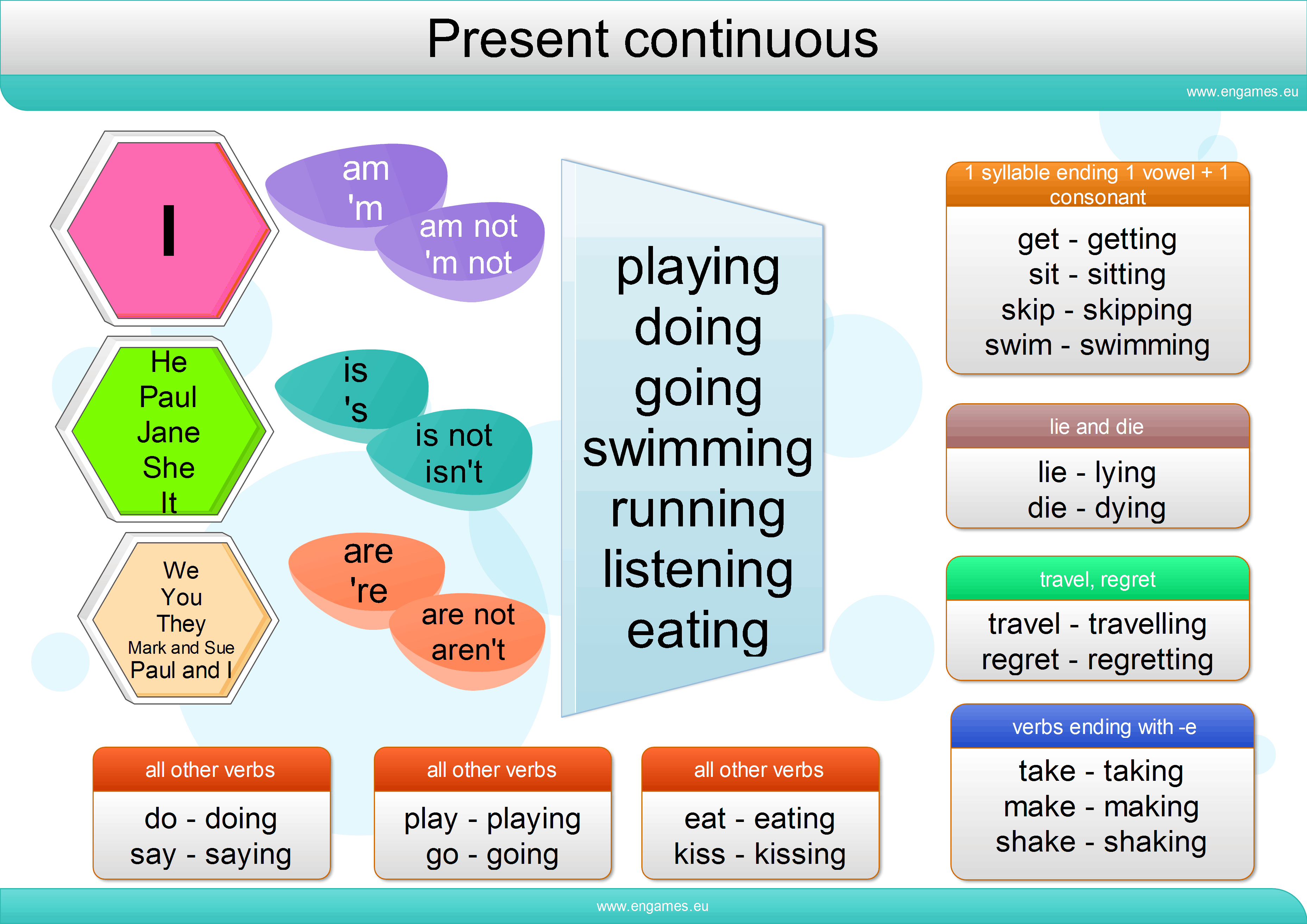Present tenses – teach the difference between the present simple and continuous
In my previous post I offered several resources to teach the difference between the present simple and present continuous tenses. There are several exercises and games including an infographic. But, as my students complained that the infographic was not that helpful I created a new one. <!– wp:more –> Advert: [showmyads] In this post there…




